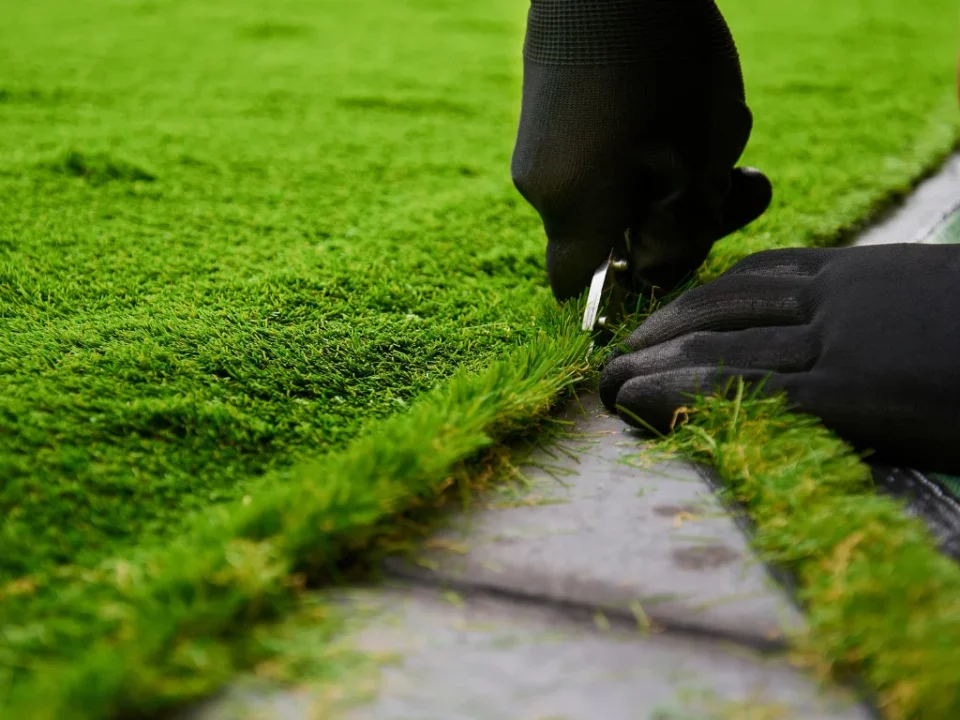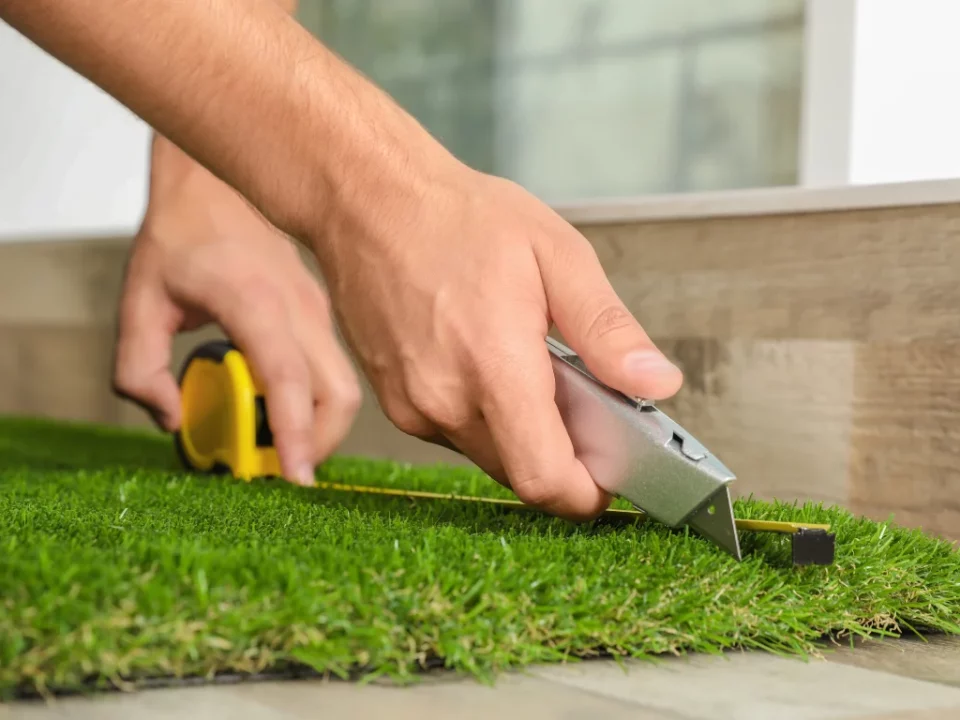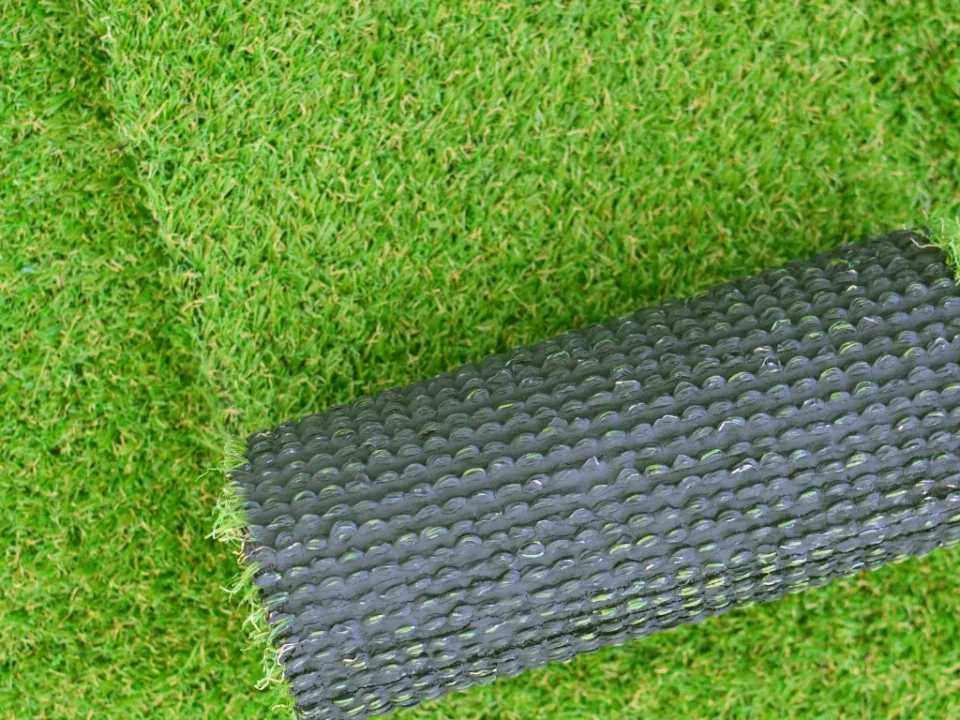Choosing artificial grass may seem straightforward, but selecting the right type for your installation can make a significant difference in both performance and appearance. Whether you’re transforming your backyard, upgrading a playground, or creating a low-maintenance landscape, knowing how to choose the best artificial grass for your installation is essential for long-term satisfaction.
Key Considerations When Deciding How to Choose the Best Artificial Grass for Your Installation
Before purchasing artificial turf, it’s important to evaluate your specific needs and preferences. Consider how the space will be used. For instance, if you have pets or children, you’ll want a grass that’s durable, non-toxic, and soft to the touch. On the other hand, if the installation is for decorative purposes, such as a patio accent or a rooftop, aesthetics may take priority over resilience.
Another factor to examine is pile height—the length of the grass blades. Shorter blades are more durable and better for high-traffic areas, while longer blades tend to look more natural. Also, check the density and stitch rate. Higher density turf feels lusher and often lasts longer, but it may come at a higher price. Budget-conscious buyers should aim for a balance between quality and cost without sacrificing essential features.
Infill options are another aspect to consider when learning how to choose the best artificial grass for your installation. Infill materials such as sand or rubber granules add weight, help the grass stand upright, and improve drainage. Not all turf requires infill, but it can significantly enhance the look and feel of your synthetic lawn.
Matching Product Features with Your Project Goals: How to Choose the Best Artificial Grass for Your Installation
When deciding how to choose the best artificial grass for your installation, it’s important to compare product features like UV resistance, drainage capability, and warranty coverage. UV-resistant turf won’t fade or become brittle under constant sun exposure, which is crucial for outdoor installations in hot climates. Good drainage ensures water flows through the turf quickly, preventing mold or odors from accumulating.
Color also plays a role. Quality artificial grass often uses a mix of green shades and brown thatch layers to mimic the appearance of natural lawns. Choose a sample that complements your environment and looks realistic under different lighting conditions.
Don’t forget to evaluate the backing material, as this affects both durability and drainage. A dual-layer backing is typically stronger and longer-lasting, making it ideal for high-use areas. Additionally, ensure the turf comes from a reputable manufacturer with clear specifications and warranty information to protect your investment.
Ultimately, understanding how to choose the best artificial grass for your installation comes down to aligning the product’s features with your intended use, environment, and aesthetic preferences. Taking the time to research and compare options will help you achieve a result that’s attractive, functional, and built to last.
Read More:
The Cost of Artificial Grass Installation: What You Need to Know Before You Start
A Step-by-Step Guide to Successful Artificial Grass Installation






